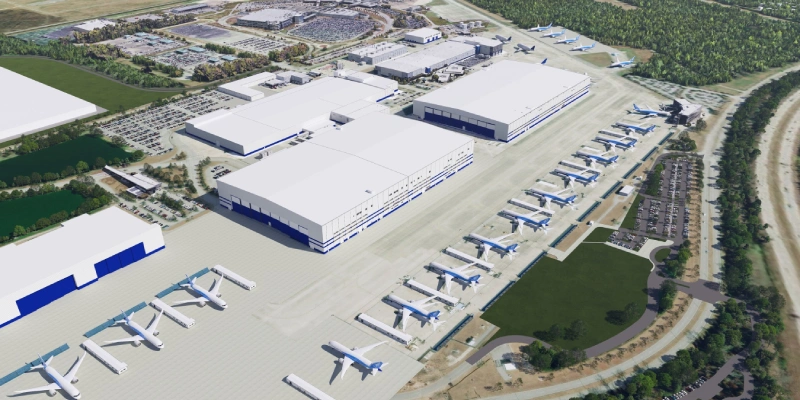European manufacturer Airbus is testing a demonstrator with pilot assistance technologies to enable aircraft to perform a range of operations autonomously, including landings, airport diversions and taxiing on the ground.
These demonstrations, carried out by its subsidiary Airbus UpNext with a test aircraft of the A350-1000 model, aim to “make aircraft safer” and their operations “more efficient,” David Bielsa, one of its managers, explained to EFE on Thursday.
DragonFly, which is the name given to the demonstrator of these technologies, offers assistance to the crew in making decisions but cannot take control of the aircraft on its own and “the pilot is always the one who has the last word,” Bielsa stressed when asked about movie scenarios about machines that escape the will of those who run them.
→ Airbus retains its crown as the world’s largest aircraft manufacturer in 2022
There are three scenarios in which DragonFly can help them, one of them giving the aircraft the ability to divert to a different airport than initially planned in case the crew is unable to perform, for example because they have fainted or otherwise become incapacitated.
This situation was tested at the end of 2022 with the Airbus A350 test aircraft, which was scheduled to land at Lyon airport but was diverted to Toulouse airport while flying near the city of Limoges.
Another focus of the work is the ability to land automatically at any airport, not only as is currently the case at airports equipped with the ILS (Instrumental Landing System) device, designed among other things to facilitate operations in the event of dense fog.
For this purpose, various sensors are being evaluated and computer vision solutions are being developed.
These solutions are also useful for the third scenario, that of automating many functions of the taxiing of the aircraft once it has landed at an airport and must proceed to its parking lot, which is one of the most complex for pilots, especially on very crowded aprons.
The demonstrator being tested can inform the crew of the path they have to take to the parking lot according to air traffic controllers’ indications, control speed, detect obstacles (such as vehicles) or warn that a runway is being entered without authorization.
Belsa stressed that “the ambition of our demonstrator is very high”, that “preliminary findings from flight tests in 2022 are very promising” and that early this year the flight campaign in a “real air traffic” context is to be completed.
But to the question of when DragonFly could be applied in commercial aviation, his answer is that UpNext’s mission is to accelerate research into “promising technologies” and it is up to Airbus to decide whether or not to implement them in the future.
Related Topics
Boeing Maintains Momentum: 53 Deliveries in October, Nearing Best Year Since 2018
Boeing Advances 777-9 Certification: Enters Third Testing Phase
Boeing Begins Expansion Work at South Carolina Plant to Increase 787 Production
Judge Approves Agreement That Exempts Boeing from Criminal Trial for 737 MAX Crashes

Plataforma Informativa de Aviación Comercial con 13 años de trayectoria.




